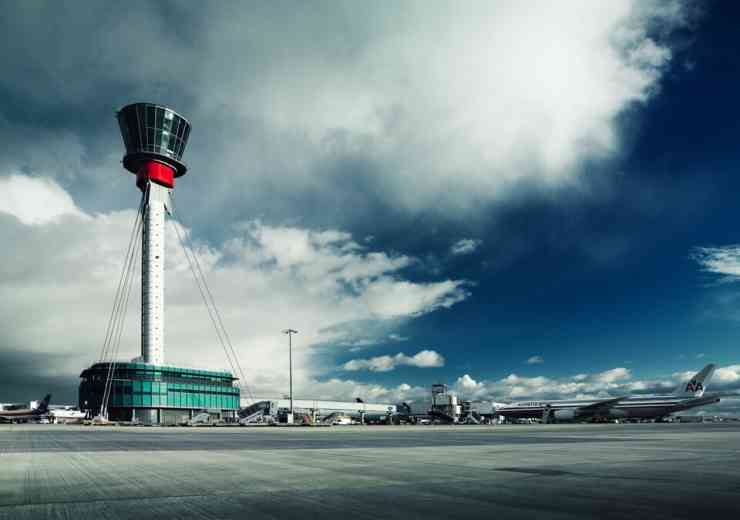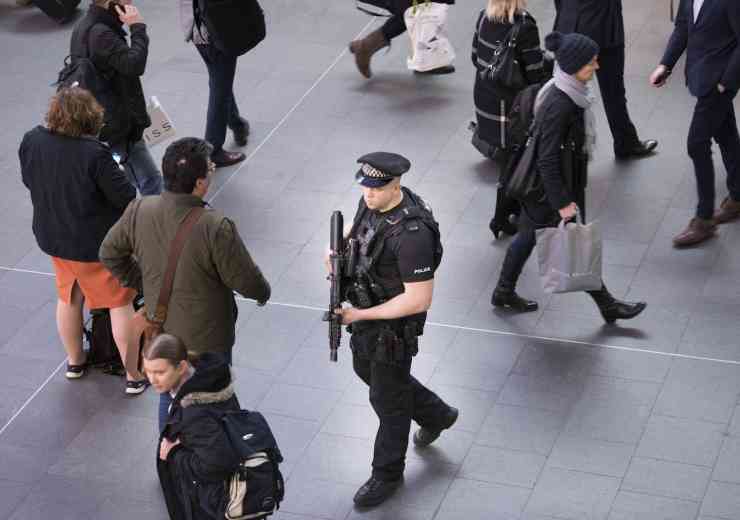
Protecting airports against vehicle attacks
With the threat of vehicle-related attacks on the rise, Gavin Hepburn, director at ATG Access, discusses best practice for airport security officials looking to upgrade their retrospective solutions
International airports unfortunately have been, and continue to be, a key target for acts of vehicle-related terrorism. This is largely due to the fact that airports have always had to remain as public spaces, accommodating both vehicle and pedestrian accessibility. Airports are classed as critical national infrastructure and so represent a severe blow to society, both economically and symbolically, if successfully attacked.
Among the first recorded instances of such an act occurred in 2007, wherein a Jeep Cherokee – loaded with deadly explosives – was driven directly at the doors of Glasgow Airport and set ablaze. A far more recent example occurred in Lyon last September, when a man drove a stolen car into the local airport’s terminal doors before speeding onto the runway.
While casualties were minimised in these instances, there have been a string of similar vehicle-ramming incidents across a range of public spaces over the past decade.
Vehicle attacks can cause major damage in a very short period of time, can come from virtually nowhere, and have thus become an increasingly common feature of violent terrorist acts throughout the West. Preventing this type of attack has therefore naturally become a key concern for security officials.
However, the act of protecting airports is rather different to other public spaces, such as sports arenas or concert venues. After all, airports are open and frequented by the public 24/7 and this means that operational disruption must be kept to a minimum. However, thanks to advancements in technology, there are a wealth of options available for fast and effective deployment of security measures to minimise operational disruption. With this in mind, let’s take a closer look at how airports can upgrade their security solutions.
Build on existing systems
Key to minimising the disruption caused by installing security measures is first assessing the solutions which are already in place, and subsequently building upon these foundations. The aim should not be to completely replace existing systems, but rather to take a close look at how they can be adapted or augmented to better suit each airport’s individual security needs.
Therefore, the first stage of implementing any new hostile vehicle mitigation (HVM) strategy should be to determine exactly what the aims of the project will be and the realistic level of threat, as well as how it will integrate with incumbent solutions.
Security officials must think carefully about exactly when, where, why and how traffic needs to access different areas of the airport at any given time, in order to ascertain the most suitable security methods to deploy, and decide which locations will need extra protection. For example, given that runways are vulnerable to vehicle access – as we recently saw in Lyon - extra protective measures, such as strategically-placed bollards at different access points, should be an important part of any airport security solution.
Eradicating the threat – not just moving it
Of course, an airport is far more than just the terminal itself. Protecting one area of the airport in isolation – at the cost of other areas such as the runway or the airport exterior - would not actually eradicate a terror threat, but simply move the area of impact.
For this reason, it’s important to not forget about other locations not directly part of the airport, such as the outer perimeter. These places are also likely to be a prime target for attack considering the volume of pedestrians that gather outside the terminal for additional transport and transfers.
To ensure that airports are sufficiently protected requires a multi-layered approach which encompasses all areas. This could be through a combination of physical security measures and human factors – such as more security staff inside the terminal, and a greater emphasis on physical measures to protect the perimeter - to effectively safeguard all areas of the airport.
Discretion is key
Disruption is by no means the only consideration when it comes to security solutions. While visible measures such as armed security officers, concrete barriers and bollards certainly minimise damage, to civilians they can also be a disquieting reminder of the threat terrorism can have.
Therefore, a balance must be struck between access and aesthetics, in order to ensure that the public feel as safe as possible. Security solutions have now advanced to the point wherein discretion no longer needs to be sacrificed for quality or overall effectiveness. Some examples of solutions which could be implemented to balance protection with discretion are crash test certified street furniture items, which can blend seamlessly into the background, and stainless-steel bollards, which can be retracted when not needed. Changi Airport and Dubai Airport are both fantastic examples of aesthetically pleasing security schemes being completed to protect international airport infrastructure.
In an airport context, shallow mount bollards, deployed at multiple areas throughout the airport, work particularly well. These bollards can be deployed quickly and discreetly, without any extensive foundation preparation work required or need to disrupt airport operations.
Prevention is the best cure
If recent incidents such as Lyon have taught us anything, it is that even ostensibly secure spaces, which have been the subject of constant security attention for decades, are still not safe from attack, highlighting a need for constant vigilance.
For security measures in and around airports to remain one step ahead of any future attacks, the highest of standards must always be maintained. We must look at the likes of Lyon and Glasgow as a crucial reminder of the need for continual investment in our airport security, ensuring that these public spaces are never the ‘soft’ targets so favoured by terrorist organisations.
After all, airport security protects the safety of thousands of people daily – and one misstep could prove fatal.
digital issue

















